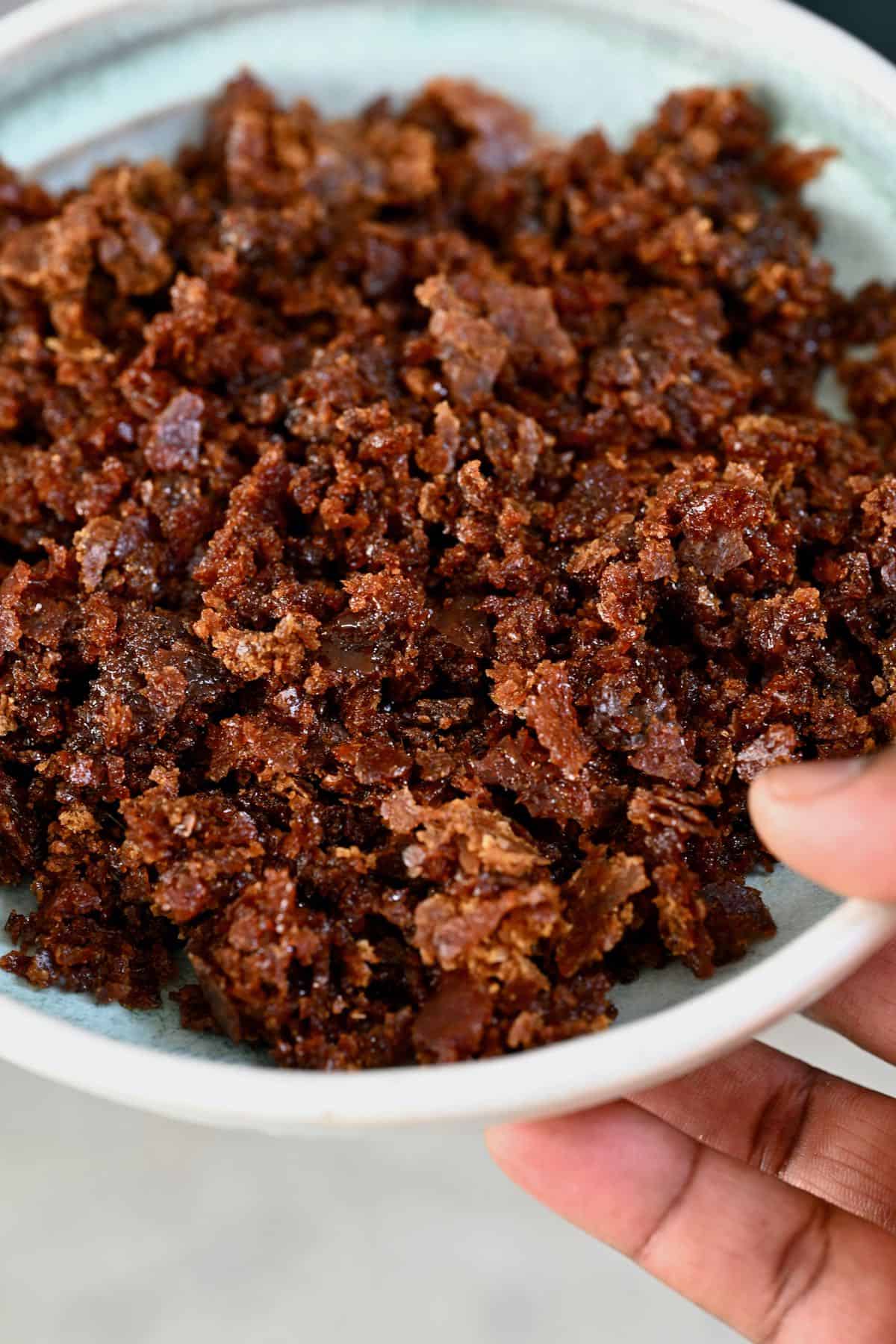Cane Sugar Processing Explained: What Happens Inside a Sugar Mill
Understanding the Essential Strategies and Technologies Employed in Modern Cane Sugar Handling
The evolution of cane sugar processing has actually been substantially shaped by the integration of sophisticated strategies and technologies that deal with both performance and sustainability. As we explore these vital developments, it ends up being essential to examine how they not only enhance manufacturing however also straighten with wider sector trends and consumer demands, elevating inquiries concerning the future of sugar handling and its ramifications for worldwide markets.
Historical Context of Cane Sugar Processing
The historical context of cane sugar handling reveals a rich tapestry of agricultural advancement and cultural exchange that has formed its advancement over centuries. The procedure of extracting and improving sugar acquired energy in India, where techniques for formation were perfected around the Sixth century.

Advanced Extraction Methods
Performance in walking cane sugar removal has actually seen significant improvements, driven by the requirement for greater returns and reduced manufacturing costs. Conventional approaches have advanced, paving the way to ingenious innovations that enhance the efficacy of the removal procedure. One remarkable innovation is using enzyme-assisted removal, wherein specific enzymes break down cell walls and launch even more sucrose from the walking cane fibers. This method not only boosts sugar yield however likewise lowers the power needed for handling.
Furthermore, the adoption of membrane purification innovations, such as nanofiltration and turn around osmosis, has reinvented the separation of sugar from contaminations. These methods allow for the discerning permeation of sugar particles while retaining bigger impurities, streamlining the removal process and reducing waste.
Moreover, the integration of constant extraction systems has resulted in improved functional performance. Cane Sugar Processing. These systems preserve a continuous flow of walking stick product, guaranteeing ideal removal conditions and lowering downtime connected with batch handling
Ingenious Refining Technologies
Refining strategies in cane sugar handling have undergone a transformative change, driven by the need for higher pureness and improved product quality. Among one of the most notable technologies is the adoption of membrane layer filtration innovations, such as ultrafiltration and nanofiltration. These processes effectively get rid of impurities and colorants without the need for substantial chemical treatments, thereby preserving the sugar's all-natural taste and enhancing its appeal.
An additional substantial innovation is making use of ion exchange materials, which enable discerning removal of undesirable ions from sugar i was reading this options. This innovation not just boosts the overall pureness of the end product however additionally adds to minimized waste and environmental influence.
Additionally, advancements in adsorption methods, making use of turned on carbon and other sophisticated materials, have actually proven efficient in decolorizing sugar remedies while maintaining ideal top quality. The assimilation of these innovative refining modern technologies makes sure that suppliers can create polished sugar with superior clearness and taste, fulfilling the advancing choices of customers.
Automation and Control Equipment
Current advancements in refining modern technologies have actually paved the way for considerable improvements in automation and control systems within walking cane sugar processing centers. These systems make use of innovative software application and equipment to boost functional effectiveness, decrease human mistake, and ensure regular item quality.
Modern automation incorporates various components, consisting of sensing units, actuators, and programmable reasoning controllers (PLCs), making it possible for real-time monitoring and control of essential processes. As an example, pressure, temperature, and circulation rates can be exactly controlled during removal, clarification, and crystallization stages, maximizing efficiency and lessening waste.
Furthermore, progressed information analytics and device learning algorithms play a critical duty in predictive maintenance, enabling operators to expect tools failures prior to they occur. This aggressive approach not just minimizes downtime however additionally prolongs the life-span of equipment.
Furthermore, automation assists in the implementation of Market 4.0 concepts, equipping sugar mills to achieve better connectivity and information exchange throughout processes. Consequently, decision-making ends up being even more dexterous and informed, eventually improving the general competitiveness of cane sugar manufacturing. With these improvements, the sector is well-positioned to meet expanding international demands while image source preserving functional excellence.
Sustainability Practices in Sugar Manufacturing
Sustainability methods in sugar production have become significantly essential as the sector seeks to balance financial practicality with ecological duty. As customer understanding expands regarding the environmental effects of agricultural practices, sugar manufacturers are embracing cutting-edge approaches to lower their environmental impact.
One substantial approach is the implementation of precision agriculture techniques, which use data analytics to optimize source use, such as water and fertilizers. This reduces waste and decreases the effect on regional environments. Additionally, several manufacturers are transitioning to renewable resource sources, such as biomass from sugarcane byproducts, to power their procedures, consequently reducing dependence on fossil gas.
Water management practices are likewise vital; rainwater harvesting and reliable watering systems assist mitigate water scarcity concerns. Cane Sugar Processing. Furthermore, integrated bug management techniques minimize chemical usage, advertising biodiversity and soil health
Corporate social obligation campaigns are arising, with firms purchasing neighborhood communities and making sure fair labor techniques. By welcoming these sustainability techniques, the sugar industry not only boosts its reputation but likewise adds to a much more sustainable agricultural landscape, leading the method for future generations.

Conclusion
In summary, modern-day walking cane sugar handling incorporates a variety of sophisticated strategies and technologies that substantially enhance performance, return, and sustainability. Jointly, these innovations place the walking cane sugar industry to meet modern needs while addressing vital international challenges.
The development of walking cane sugar handling has actually been significantly formed by the assimilation of sophisticated methods and technologies that address both efficiency and sustainability.The historic context of cane sugar processing discloses an abundant tapestry of farming development and cultural exchange that has actually formed its development over centuries. Technologies in milling and refining arised, laying the groundwork for modern walking stick sugar handling.Refining methods in cane sugar handling have undertaken a transformative change, driven by the demand for higher pureness and boosted item top quality.In summary, modern walking stick sugar processing incorporates a variety of More Help advanced strategies and innovations that substantially improve sustainability, yield, and performance.